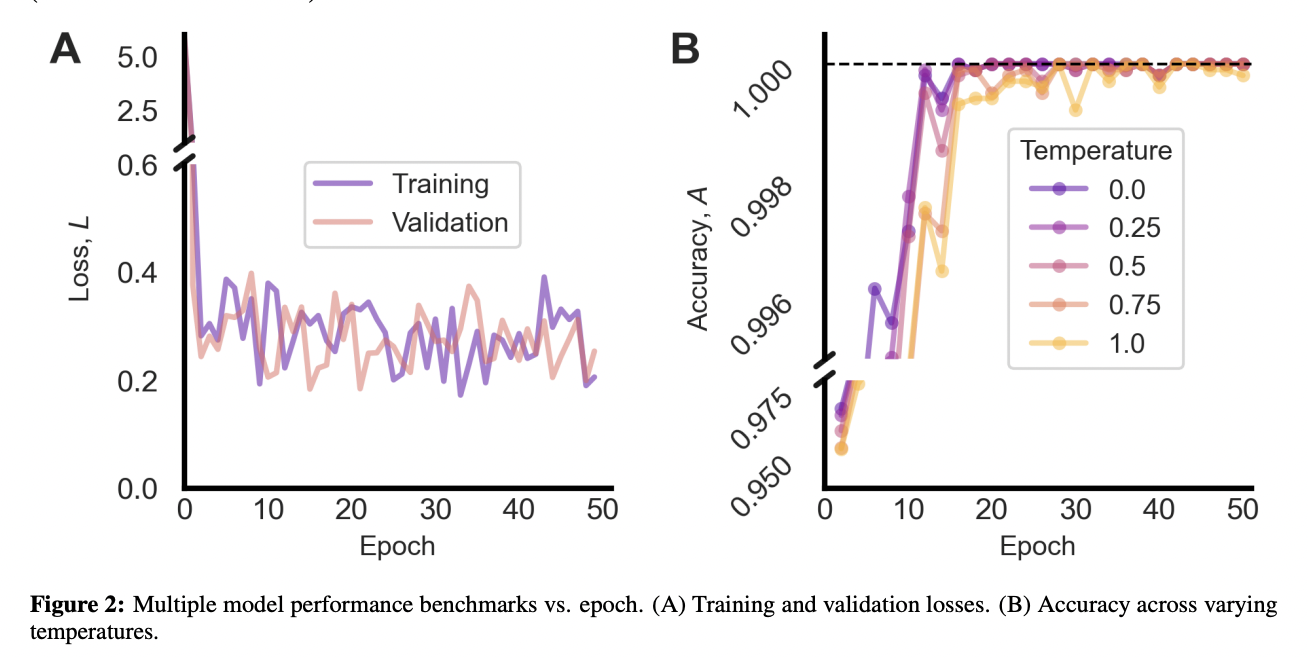
**Challenges in Cellular Automata Systems and AI Solutions**
Main Challenge:
Grid Topology Prediction
Predicting emergent behavior in Conway’s Game of Life and other CA systems without knowing the grid structure.
Value of AI Solutions:
Advance AI models to generalize across grid configurations for applications in bioinspired materials and large-scale simulations.
Previous Approaches:
Convolutional Neural Networks (CNNs)
Used to process spatial data but limited by topology dependency and overfitting, hindering generalization.
Practical Solutions:
Develop a topology-agnostic model like LifeGPT to overcome these limitations.
Introducing LifeGPT Model:
Topology-Agnostic Deployment
Uses causally masked self-attention for predicting CA dynamics without prior grid knowledge.
Key Innovations:
Rotary positional embedding and forgetful causal masking for enhanced generalization.
LifeGPT Model Details:
Transformer Architecture
12 layers and 8 attention heads to model complex state transitions in Life.
Training Process:
Utilizes stochastic ICs and NGSs on a 32×32 grid with Adam optimizer and cross-entropy loss.
Performance and Accuracy:
Model Accuracy
LifeGPT achieves over 99.9% accuracy in predicting CA dynamics after 20 epochs.
Generalization Capability:
Model maintains strong accuracy across various IC configurations, demonstrating potential in simulating complex systems.
Conclusion:
Impact of LifeGPT
Topology-agnostic approach with transformer models enables accurate predictions of CA dynamics.
Future Applications:
Potential in bioinspired materials, system simulations, and universal computation within AI frameworks.


























